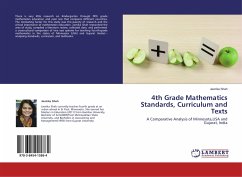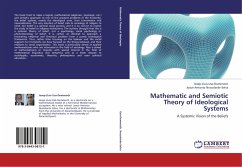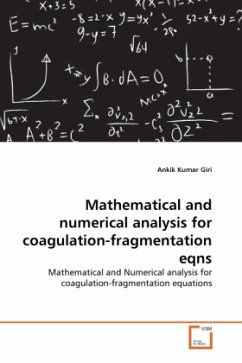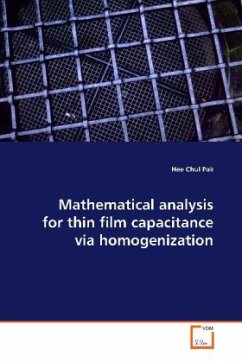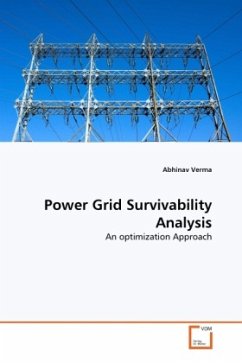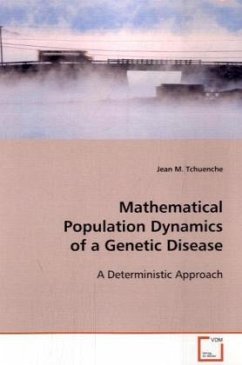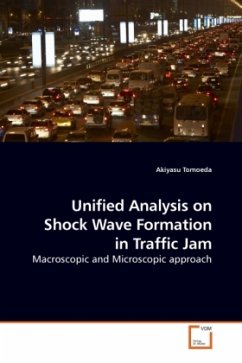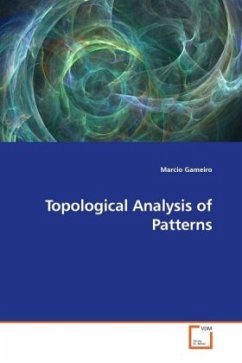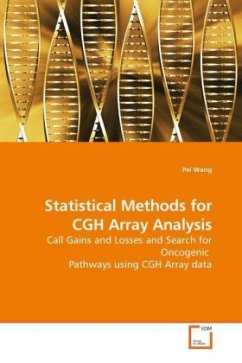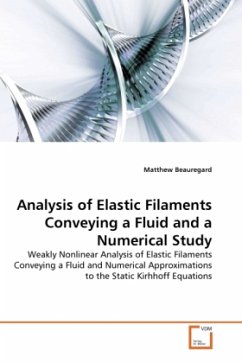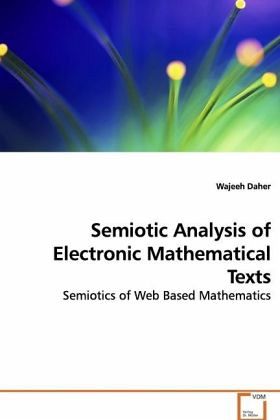
Semiotic Analysis of Electronic Mathematical Texts
Semiotics of Web Based Mathematics
Versandkostenfrei!
Versandfertig in 6-10 Tagen
52,99 €
inkl. MwSt.

PAYBACK Punkte
26 °P sammeln!
This dissertation comes to answer an increasing need for an analysis tool that enables to analyze and evaluate electronic mathematical texts which populate the internet and serve the mathematics teacher as additional texts for school students. These texts are web based and include dynamic components which the user can work with, in order to learn mathematics.The dissertation contains two parts: the first part provides an analyzing system for electronic mathematical texts. This analyzing system was founded on Morris's (1938) formal semiotics and Halliday's (1985) and Morgan's (1998) social semi...
This dissertation comes to answer an increasing need
for an analysis tool that enables to analyze and
evaluate electronic mathematical texts which
populate the internet and serve the mathematics
teacher as additional texts for school students.
These texts are web based and include dynamic
components which the user can work with, in order to
learn mathematics.
The dissertation contains two parts: the first part
provides an analyzing system for electronic
mathematical texts. This analyzing system was
founded on Morris's (1938) formal semiotics and
Halliday's (1985) and Morgan's (1998) social
semiotics. The second part of the dissertation
describes preservice teachers' work with the
semiotic system for analyzing and evaluating
electronic mathematical texts, their opinions of
this system, and their arguments with or against the
utility and importance of the various aspects of the
semiotic system. To analyze the preservice
arguments, Toulmin's argumentation model was used.
This model describes arguments in terms of grounds,
qualifiers, claims, warrants, rebuttals, and
backings, so the model enables to analyze deeply the
structure and meanings of the arguments.
for an analysis tool that enables to analyze and
evaluate electronic mathematical texts which
populate the internet and serve the mathematics
teacher as additional texts for school students.
These texts are web based and include dynamic
components which the user can work with, in order to
learn mathematics.
The dissertation contains two parts: the first part
provides an analyzing system for electronic
mathematical texts. This analyzing system was
founded on Morris's (1938) formal semiotics and
Halliday's (1985) and Morgan's (1998) social
semiotics. The second part of the dissertation
describes preservice teachers' work with the
semiotic system for analyzing and evaluating
electronic mathematical texts, their opinions of
this system, and their arguments with or against the
utility and importance of the various aspects of the
semiotic system. To analyze the preservice
arguments, Toulmin's argumentation model was used.
This model describes arguments in terms of grounds,
qualifiers, claims, warrants, rebuttals, and
backings, so the model enables to analyze deeply the
structure and meanings of the arguments.



